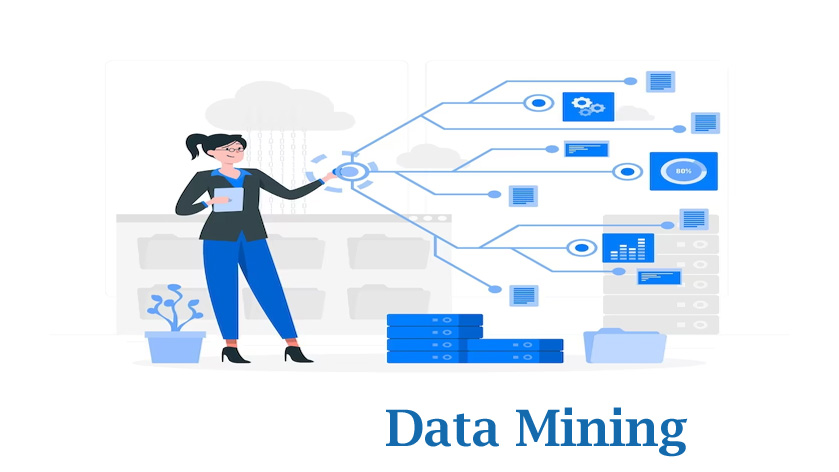Data mining is searching and analyzing raw data to identify patterns and get helpful information. Many companies use data mining processes to study their customers. With the help of it, you can develop a good marketing strategy, decrease cost, and increase sales. The data mining will rely on computer processing, effective information collection, and warehousing.
It also involves exploring a large information group to create meaningful patterns and trends. Banks also use data mining for fraud detection and credit card risk management.
The data mining process involves four steps:
- First, the data is collected and kept in cloud services.
- Then, different company professionals like the management team, IT team, or business analytics access the data and decide how they want to organize it.
- Tools can be used to sort and organize the data.
- Finally, the data is converted into a shared format such as PDF, graph, or table.
Data mining uses different techniques to convert large amounts of data into helpful formats. Some of the methods are:
Classification: this type of technique describes the characteristics of the presented data, such as what the points in data say and what is the common thing between them. This technique will help understand and highlight the data in a more categorized way and Summarise together with similar product features.
Decision trees: this technique is used to classify an outcome based on a set list of decisions. When drilling deeper into the data, this decision tree will help for specific direction and user input.
Predictive analysis uses historical information to build graphical models to forecast future outcomes. This technique helps to support an unknown figure in the future based on current data that is present.
Association rules: this technique is used to look for relationships between variables. They collect fast information like which service or product of the company made huge sales, and then use that information they can plan and promote specific products or services more.

